ESG in Private Equity – Driving the transition to a green economy

- Category
- Insight
- Topics
- Finance
- Published
- 13 May 2024
We explore how private equity is spearheading the transition to a green economy and how PE firms can support their portfolios in their ESG initiatives.
Private equity (PE) firms are increasingly recognizing their pivotal role in driving the transition to a greener economy. With growing pressure from regulators, investors, and society at large, PE firms are integrating environmental, social, and governance (ESG) considerations into their investment strategies. This shift towards sustainability is not only driven by ethical imperatives but also by the recognition of the long-term financial benefits of investing in environmentally responsible and socially conscious companies.
Why is ESG in private equity increasingly important?
There is mounting pressure for private equity firms to disclose sustainability information, both from investors and from society as a whole.
Limited partners (LPs), who provide the capital for private equity funds, are becoming more vocal about their expectations for sustainability and environmental, social, and governance (ESG) considerations.
This puts pressure on general partners (GPs), who manage the private equity funds, to implement sustainable practices and report on their sustainability performance.
GPs, in turn, put pressure on their portfolio companies to improve their sustainability performance, often through targeted initiatives and reporting requirements.
As more LPs demand transparency and disclosure around ESG issues, PE firms and their portfolio companies are likely to face increasing scrutiny and pressure to demonstrate their sustainability credentials.
EY reports that 87% of PE firms consider ESG factors in order to decrease investment risk and potential litigation, and 60% of LPs say that their ESG investment strategy has had a positive impact on investment returns.
Can ESG boost portfolio company value?
Integrating sustainability throughout the investment lifecycle is increasingly becoming a consensus. Elements influencing asset pricing, value enhancement during ownership, and exit outcomes are now regarded as indispensable by top-tier firms. Notably, as reported by Accenture, substantial environmental, social, and governance (ESG) risks often lead to reduced valuations in approximately 80% of instances and can even jeopardize deals entirely. Conversely, enterprises with robust ESG performance typically exhibit lower systemic risk exposure, which in turn reduces the cost of capital for the firm and results in a valuation premium.
Which companies should be targeted first?
Identifying suitable portfolios involves closely examining companies to assess their potential for ESG improvement. Most PE firms prioritize companies with significant ESG risks or those operating in sectors with pronounced social or governance challenges to maximise the effectiveness of their targeting efforts.
Three primary criteria should be considered:
- Setting improvement targets: Is the portfolio company prepared to set ESG improvement objectives? Establishing a robust baseline via consistent monitoring is crucial for tracking progress and demonstrating commitment to ESG goals.
- Influence over ESG factors: Does the company possess control or influence over significant ESG factors? Assessing the company's influence on key ESG issues may be necessary if there's a need to address specific risks or opportunities.
- Brand differentiation: Is the company seeking to distinguish its products or brand through ESG performance? Improving ESG metrics can enhance brand reputation and market positioning, thereby attracting socially responsible investors and consumers.
How can PE firms support portfolio companies in their ESG efforts?
PE firms play a crucial role in facilitating and supporting their portfolio companies' efforts to decarbonize. By leveraging their influence and resources, they can empower portfolio companies to make meaningful progress towards reducing their carbon footprint and achieving sustainability goals.
Providing the right measurement tools
Private equity firms should equip their portfolio companies with robust measurement tools to accurately track their carbon emissions. These tools should centralize data management, customize data collection based on organizational needs, identify emission hotspots for prioritization, and ensure data integrity through quality controls.
Consultancy services
Investee companies may require additional support and expertise to translate emissions reduction goals into actionable plans. Private equity firms can provide consultancy services, offering tailored initiatives, guidelines, documentation, and ongoing support throughout the sustainability journey.
Setting an ESG strategy
Investors should guide invests in developing data-driven strategies for carbon reduction. This involves identifying emission sources, assessing the cost and benefits of reduction measures, and linking reduction efforts to value creation opportunities, such as cost savings and risk mitigation.
Collaboration and knowledge sharing
Investors should also foster a culture of collaboration and knowledge sharing among invests. This can involve creating platforms for sharing best practices, lessons learned, and innovative decarbonization strategies to accelerate progress across the portfolio.
How can PE firms report on sustainability targets?
Private equity investors can report on portfolio progress towards ESG targets by implementing comprehensive tracking and reporting mechanisms. Firstly, they can establish standardized ESG metrics and key performance indicators (KPIs) – e.g. those for assessing carbon emissions reduction efforts.
Some firms choose to classify their investments based on their progress towards decarbonization. For example, you might choose to use a scale like this:
Level 1: Investments that have achieved net zero for Scopes 1 and 2, and their Scope 3 reduction trajectories are aligned with a 2°C max increase in temperature.
Level 2: Investments whose Scope 1 and 2 trajectories are aligned with a 2°C max increase in temperature and their Scope 3 calculations are 80% based on physical data.
Level 3: Investments whose Scope 1 and 2 trajectories are aligned with a 2°C max increase in temperature and their Scope 3 calculations are 60% based on physical data.
Level 4: Investments that have calculated their Scope 1 and 2 emissions based on physical data and their Scope 3 carbon footprint based on spend-based data.
Level 5: Investments that are using a spend-based approach across all scopes to calculate and act on their carbon footprint.
Such classifications enable you to more easily demonstrate progress against targets.
E.g. In January 2020, we had 10% of investments at level 3, 20% at level 4 and 70% at level 5. But in January 2024, we have 5% of investments at level 1, 15% at level 2, 30% at level 3 and the remainder at level 4.
To summarize
By prioritizing sustainability, PE firms not only align with ethical imperatives but also position themselves for long-term financial success. As they navigate this transition, they can play a pivotal role in driving positive environmental and social impact while also delivering value to their investors and their broader portfolio.
How Sweep can help
Sweep can support PE investors to:
- Easily track ESG data from across their portfolio
- Map emissions hotspots and plan reduction strategies
- Identify material topics
- Comply with key legislation including the SFDR
Get in touch today.
More stories
Track, report and act
Sweep helps you get your carbon on-track
Sign up to The Cleanup, our monthly climate newsletter

© Sweep 2023


